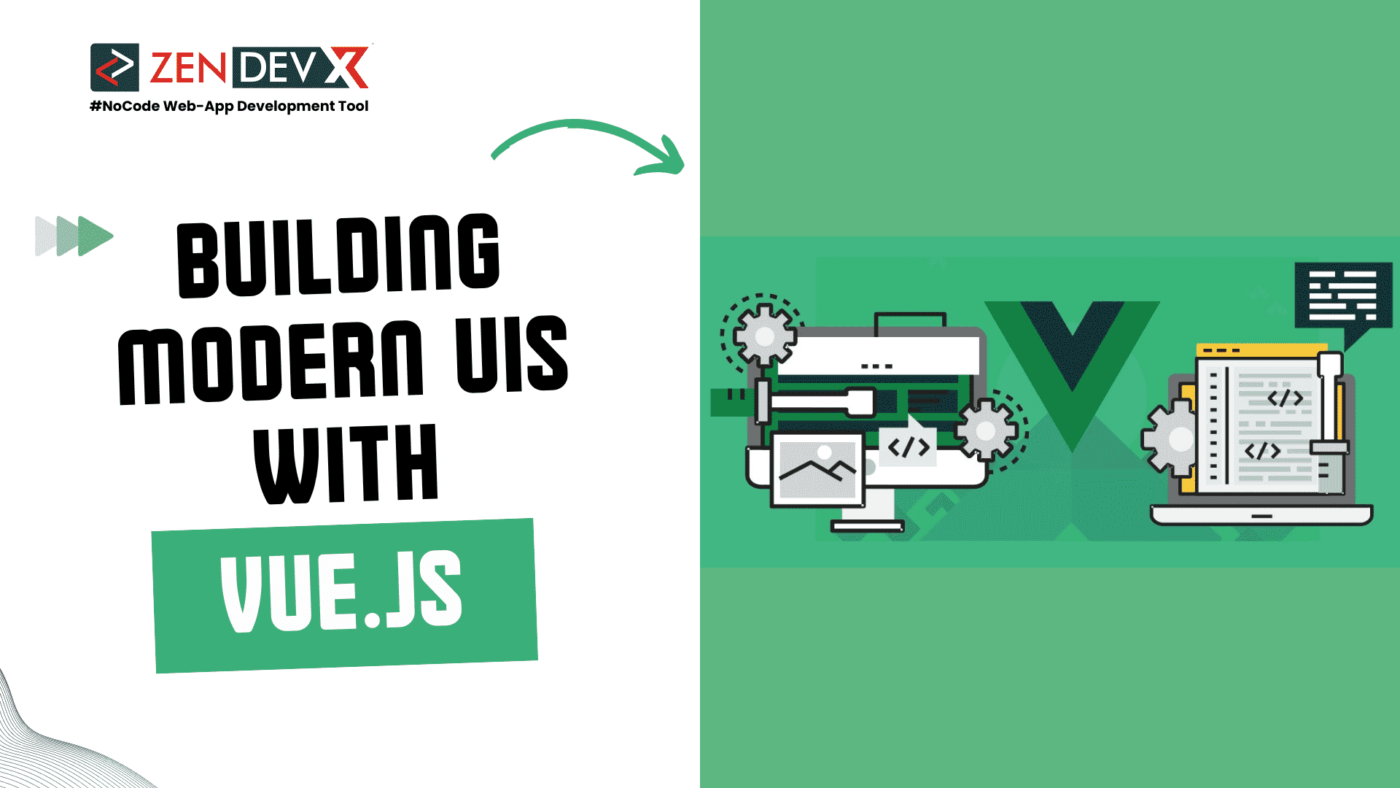JavaScript frameworks give developers significant tools to construct dynamic and responsive web apps, hence changing front-end web development. Among these systems, Vue.js has grown well-known for its simplicity, flexibility, and robust features.
What is Vue.js ?
Vue.js is an open-source JavaScript framework originally meant for single-page apps and user interface design. Evan You created it, and it premiered in 2014. Designed to be incrementally adoptable, Vue.js is frequently described as a “progressive” framework. This allows small amounts of an application to be built, then scaled up to handle more demanding tasks as needed.
How does Vue.js work ?
Running on a reactive data binding architecture, Vue.js ensures that changes in the application state are automatically shown on the user interface. The fundamental library of Vue.js is focused on the display layer, therefore enabling interaction with other libraries or current systems.
These fundamental ideas support the way Vue.js operates:
- Reactive data binding
Vue.js has a reactive data architecture; hence, the DOM updates automatically to reflect changes in the underlying data whenever that data changes—reactive dependencies combined with a virtual DOM help to do this. - Components
In Vue.js build the application using reusable instances with their own data, logic, and display. By nested, controlled, and orderly arranging components, complex UIs may be created. - Directives
Vue.js has a suite of built-in directives, including `v-bind` for binding data, `v-model` for two-way data binding, and `v-for` for displaying lists. These instructions help one to manage routine chores without creating significant code. - Vue CLI
The Vue Command Line Interface (CLI) offers a robust suite for managing Vue.js projects and scaffolding. Its features include fast prototyping, extendable plugin systems, and project templates.
Benefits of Vue.js :
For many reasons, Vue.js has grown somewhat well-known among developers:
- Simplicity and Ease of Use
Easy to use and with a short learning curve, Vue.js is suitable for developers of every skill level. Its simple API design and thorough documentation greatly enhance its value. - Flexibility
Vue.js allows one to create large-scale, sophisticated apps or tiny portions of an application. Its modular design makes simple connections with different frameworks and libraries possible. - Performance
Vue.js’s virtual DOM approach and effective rendering engine guarantee good speed even in applications with complex and dynamic interfaces. - Community & Ecosystem
Together with a vibrant community, Vue.js provides an extensive toolkit, framework, and plugin set. This support system increases apps’ capacity and helps developers find solutions.
Challenges faced with Vue.js :
While Vue.js offers many advantages, it also has disadvantages,
Controlling state and assuring optimal performance might be challenging for increasingly large systems. Developers might need other tools and approaches, such as Vuex, for state management.
Maintaining the newest best practices and improvements in Vue.js may be challenging, as with any quickly moving framework. Maintaining current calls for both constant learning and change.
Including Vue.js into current obsolete systems might be challenging, especially if such systems were not initially meant with modern JavaScript frameworks in mind.
Conclusion :
Vue.js is outstanding as a progressive, flexible, and effective JavaScript framework that can satisfy a wide range of project needs. Its simplicity and ease of use make it a fantastic choice for beginners; its robust features and performance capacity fit more complex and large-scale needs. Despite obvious challenges, Vue.js’s growing ecosystem and community give developers many tools and support. As web development advances, Vue.js remains an excellent tool for designing responsive and dynamic user interfaces.


